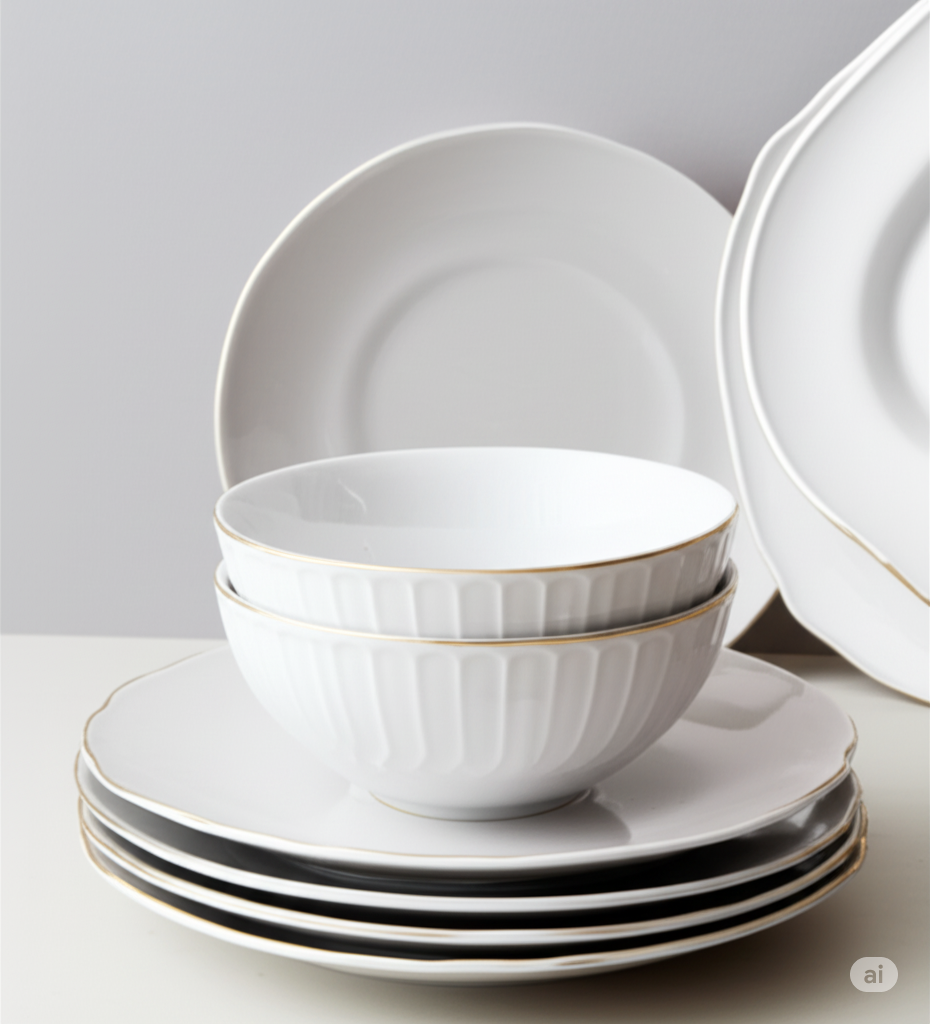
Treasured Clay: A Beginner's Guide to Choosing and Caring for Your Ceramic Pottery
There's a unique joy in owning ceramic pottery. Whether it's a beautifully glazed mug warming your hands on a chilly morning or a handcrafted bowl displaying your favorite fruits, these pieces bring a touch of artistry and earthiness to our lives. However, for those new to the world of ceramics, choosing the right pieces and understanding how to care for them can feel a little daunting. This guide is here to demystify the process, offering practical tips to help you select pottery you'll love and keep it looking its best for years to come.

Choosing Pottery: What to Look For
Before you fall in love with a particular piece, take a moment to assess its quality and suitability for your needs:
- Inspect for Damage: Carefully examine the pottery for any cracks, chips, or hairline fractures. Run your fingers along the surface and edges to feel for imperfections. Even small cracks can weaken the piece over time and may not be food-safe.
- Check the Glaze: Ensure the glaze is smooth and even, unless a deliberate textured finish is part of the design. Look for any crazing (fine network of cracks in the glaze), which can sometimes be acceptable for decorative pieces but might harbor bacteria in items used for food.
- Consider the Clay Body: As discussed in our previous post, different clay bodies like earthenware, stoneware, and porcelain have varying levels of durability. If you're looking for everyday tableware, stoneware or porcelain are generally more resilient choices than earthenware.
- Think About Function: Consider how you intend to use the pottery. Will it be for serving food, decoration, or both? If it's for food, ensure the glaze is food-safe and lead-free. Check if it's oven-safe, microwave-safe, and dishwasher-safe if those features are important to you. Handmade ceramics, in particular, may have specific care recommendations from the artist.
- Trust Your Instincts: Ultimately, choose pieces that you find beautiful and that resonate with your personal style. Pottery is meant to be enjoyed!

Caring for our Ceramic Treasures: Making Them Last
Proper care is essential for extending the life of your ceramic pottery. Here are some key tips:
- Gentle Handling: While some ceramics are more durable than others, all pottery benefits from careful handling. Avoid knocking pieces against hard surfaces and lift them with both hands, especially larger items.
- Washing with Care:
- Hand-washing: For delicate or handmade ceramics, hand-washing is always the safest option. Use warm, soapy water and a soft sponge or cloth. Avoid abrasive scrubbers that can scratch the glaze. Rinse thoroughly and allow to air dry or gently dry with a soft towel.
- Dishwasher Use: While some modern, commercially produced ceramics are dishwasher-safe, it's best to check the manufacturer's recommendations. If you do use a dishwasher, place items securely to prevent them from knocking against each other. Use a gentle cycle and avoid harsh detergents. Remember that repeated dishwasher use can sometimes dull the glaze over time, especially on more delicate pieces.
- Temperature Changes: Avoid sudden and extreme temperature changes, as this can cause thermal shock and lead to cracking. For example, don't take a cold ceramic dish directly from the refrigerator and place it in a hot oven, and vice versa. Allow pieces to come to room temperature gradually.
- Storing Pottery Safely: When storing your pottery, avoid stacking pieces directly on top of each other without any protection. Use felt pads or paper towels between items to prevent scratching. Store delicate items in a safe place where they are less likely to be bumped or knocked over.
- Caring for Unsealed Pottery: Some decorative earthenware or unglazed pottery may be porous and susceptible to staining. Avoid using these pieces for oily or heavily pigmented foods. To clean, gently wipe with a damp cloth and allow to air dry thoroughly. Avoid submerging unglazed pottery in water for extended periods.
- Specific Artist Instructions: If you've purchased handmade pottery from an independent artist, be sure to follow any specific care instructions they provide. Their unique glazes and firing techniques may require particular attention.

By following these simple guidelines for choosing and caring for your ceramic pottery, you can ensure that these beautiful and functional pieces will bring joy and artistry to your home for many years to come. Embrace the unique qualities of each piece, handle them with care, and enjoy the timeless elegance of handcrafted ceramics.
